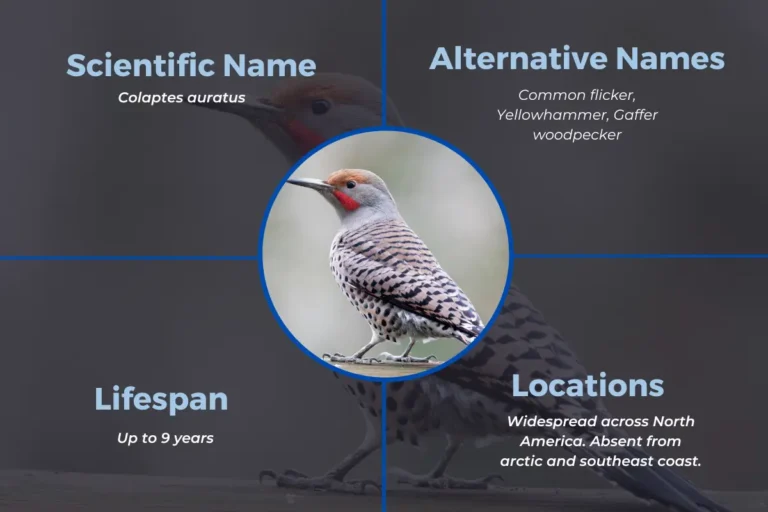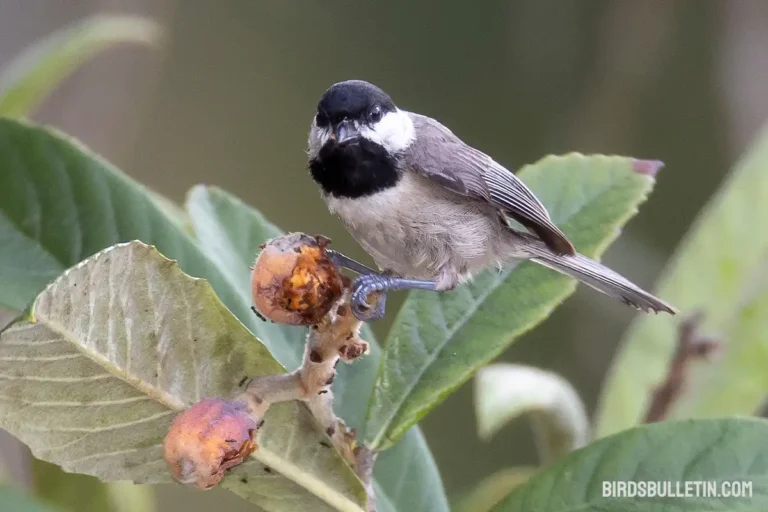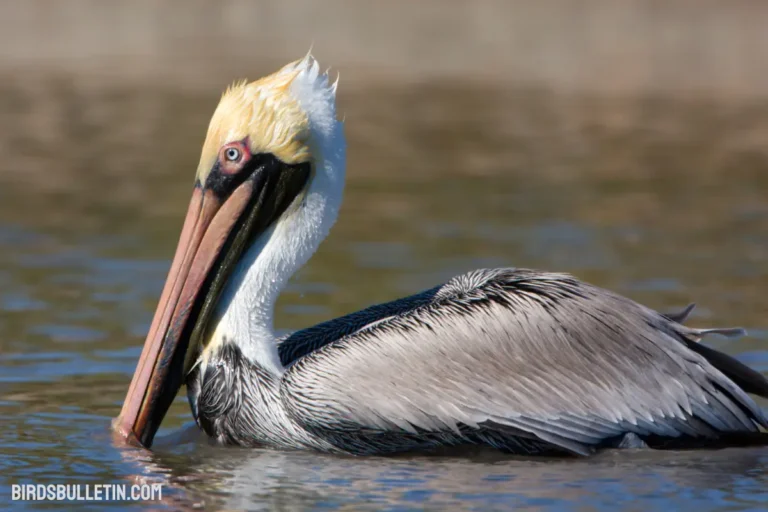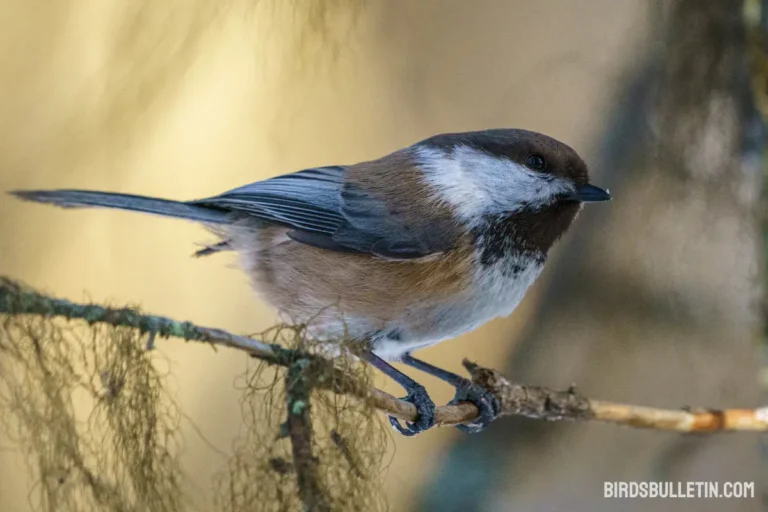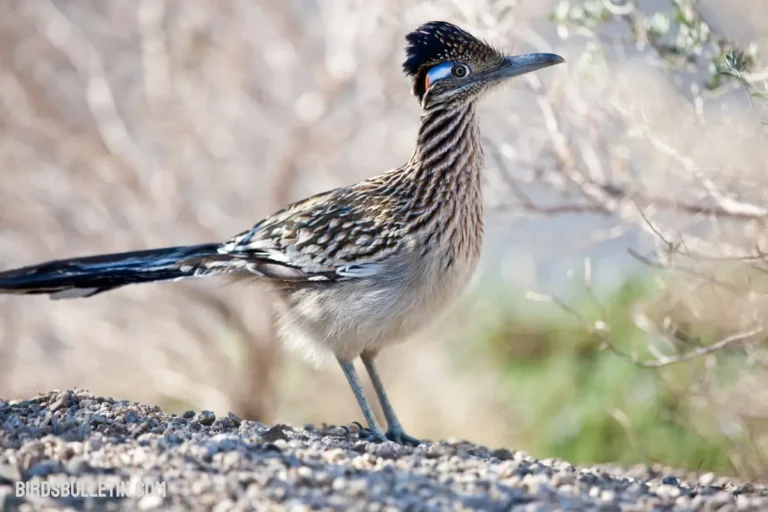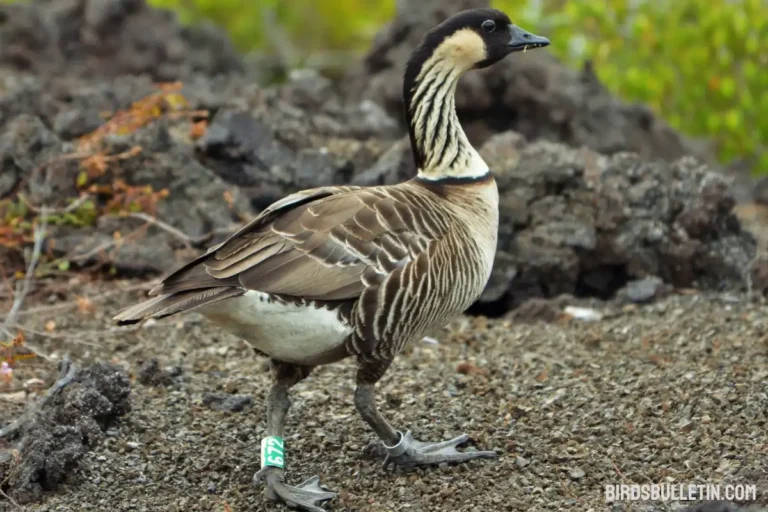Purple Finch Overview: Subspecies And More
The bright reddish-purple male Purple Finch (Haemorhous purpureus) gives this species its descriptive name.
But why is this bird deserving of the royal color in its moniker? Read on to learn more about the aptly named Purple Finch.
Identification
Distinguishing the Purple Finch from similar bird species can be tricky. Let’s break down identification step-by-step:
Plumage: Male Purple Finches boast a raspberry-red plumage on their heads, throats, and upper parts, while females display brown and white markings. Both genders feature a distinct, slightly notched tail.
Size and Shape: Purple Finches are small to medium-sized birds with a robust build. Their conical bills are perfect for cracking open seeds.
Song: Recognizing their melodious song can aid in identification. The male’s song is a musical warble, while the female’s call is a sharp “tseep.”
Want to learn more about Birds Overview
Purple Finch Profile
| Detail | Description |
|---|---|
| Scientific Name | Haemorhous purpureus |
| Alternative Name | American Rosefinc |
| Color | Reddish-purple head and breast brown back streaked with black |
| Size | 12–16 cm long |
| Wingspan | 23–26 cm |
| Weight | 21–32 g |
| Lifespan | 3-4 on average |
| Breeding Season | April to August |
| Lay Eggs | 3-5 eggs per clutch |
| Diet and Prey | Seeds, buds, nectar; insects when breeding |
| Threats and Predators | Habitat loss, window collisions; predators like hawks, cats |
| Locations | Found across most of North America |
State Bird and Symbol
In 1957, the New Hampshire state legislature held a vote to select an official state bird. The Purple Finch emerged victorious over the New Hampshire Red, a chicken breed that had been unofficially considered the state bird.
Subspecies
The Purple Finch, now classified within the genus Haemorhous, was formally introduced by the English naturalist William Swainson in 1837. This genus is distinct from the previously associated Carpodacus.
Within the Purple Finch species, two recognized subspecies delineate their geographical distribution:
01. H. p. purpureus (Gmelin, JF, 1789): Inhabiting central and southern regions of Canada, as well as the northeastern United States.
02. H. p. californicus (Baird, SF, 1858): Thriving in the southwestern regions of Canada and the western United States.
The Purple Finch was previously classified in the genus Carpodacus. However, further research revealed that they are not closely related to the Eurasian rosefinches found in that genus.
Nesting
Here is some general information about finch nesting habits:
- Most finches make cup-shaped nests out of plant materials like grasses, moss, lichens, and plants. They often line the inner nest with soft materials like feathers or fur.
- Many finches nest in trees and shrubs, building their nests on branches or in forked tree limbs. Others nest in cavities, crevices, ledges, or even on the ground.
- Northern finches like pine grosbeaks and common redpolls tend to nest in coniferous forests in higher latitude regions. They start breeding fairly early while snow may still be on the ground.
- Clutch sizes vary by finch species, but many northern finches lay 3-6 eggs. Both parents help incubate the eggs for around two weeks before they hatch.
- Parents work together to feed the nestlings, which typically fledge 11-17 days after hatching. They continue to care for and feed the young birds for a period after they leave the nest as well.
Population
The Purple Finch has an extremely large range but North American Breeding Bird Survey (BBS) data indicates a population decline of 63% from 1970 to 2020. It remains a fairly common species but with concerning reductions stemming from forest fragmentation and potential pressures from climate change.
Partners in Flight estimates a global breeding population of 5-7 million with 100% living in the U.S. and Canada.
Migration Patterns
These finches are irruptive migrants, meaning their migration habits are irregular, nomadic, and hard to predict. In some years, they move south in fairly small numbers. But every few years, large numbers of northern finches move south in irruptions linked to food supplies.
Factors like tree seed crop production, particularly conifers that produce seed finches rely on in winter, and weather conditions seem to initiate these irruptions southward. When cone/seed crops fail farther north, they wander more widely in search of food.
The timing, direction, and magnitude of northern finch irruptions can vary widely. Different finch species tend to show up across different parts of the U.S. East Coast, Midwest, Great Lakes, and Pacific Northwest/California regions. But their movements between years are quite unpredictable.
Behavior
Purple Finches frequently forage in trees and shrubs for seeds and fruits as well as nectar from flowers. Their thick conical bill allows them to crack open seeds effectively.
Males sing boisterous songs in courtship displays and both parents regurgitate food for the young. They are social both during and outside of the breeding season, forming flocks for feeding and migration.
Human Interaction
Backyard bird feeders in the U.S. and Canada commonly attract Purple Finches. They will visit platform feeders, hopper feeders, or tube feeders offering black oil sunflower seeds or Nyjer thistle as favored foods. Their tendency to travel in flocks leads to frequent visits to well-stocked feeders.
Conservation Status
While still common as a species, the significant long-term population decline has resulted in increased conservation concerns.
The Purple Finch has a conservation ranking of 15 out of 20 on the Continental Concern Score by Partners in Flight, indicating a species facing threats but still fairly widespread and abundant.
Legal Protections
The Migratory Bird Treaty Act of 1918 protects the Purple Finch and other native North American bird species.
This law prohibits pursuing, hunting, taking, capturing, or killing any migratory birds or their nests or eggs except per regulations by the Secretary of the Interior. It conservationally aims to reduce exploitations or stresses to migratory birds.
Frequently Asked Questions
01. Can Purple Finches be attracted to backyard feeders?
Yes, Purple Finches are frequent visitors to backyard feeders, particularly if stocked with sunflower seeds. Providing a variety of seeds and maintaining a bird-friendly environment can increase the likelihood of their presence.
02. How do I differentiate between the Purple Finch and similar-looking species, like the House Finch?
While the Purple Finch and House Finch share some similarities, the male Purple Finch’s raspberry-red coloration is a key distinguishing feature. Additionally, Purple Finches have a more robust build and a notched tail.
03. Are Purple Finches monogamous?
Yes, Purple Finches are generally monogamous during the breeding season. Mated pairs work together in nest-building and raising their offspring.
Final Word
The vibrant coloration of the male Purple Finch makes this bird a true sight to behold. Although populations have declined over past decades, a focus on protecting key forest breeding grounds can help conserve this special species into the future.
Next time you hear a loud, warbling finch song, take a closer look for glimmers of red-purple to potentially spot this aptly named bird!
References
- Dunn, J., & Garrett, K. L. (1997). A Field Guide to Warblers of North America. Houghton Mifflin Harcourt.
- Rising, J. D. (1996). A Guide to the Identification and Natural History of the Sparrows of the United States and Canada. Academic Press.
- Cornell Lab of Ornithology. (n.d.). All About Birds – Purple Finch. Retrieved from https://www.allaboutbirds.org/guide/Purple_Finch


